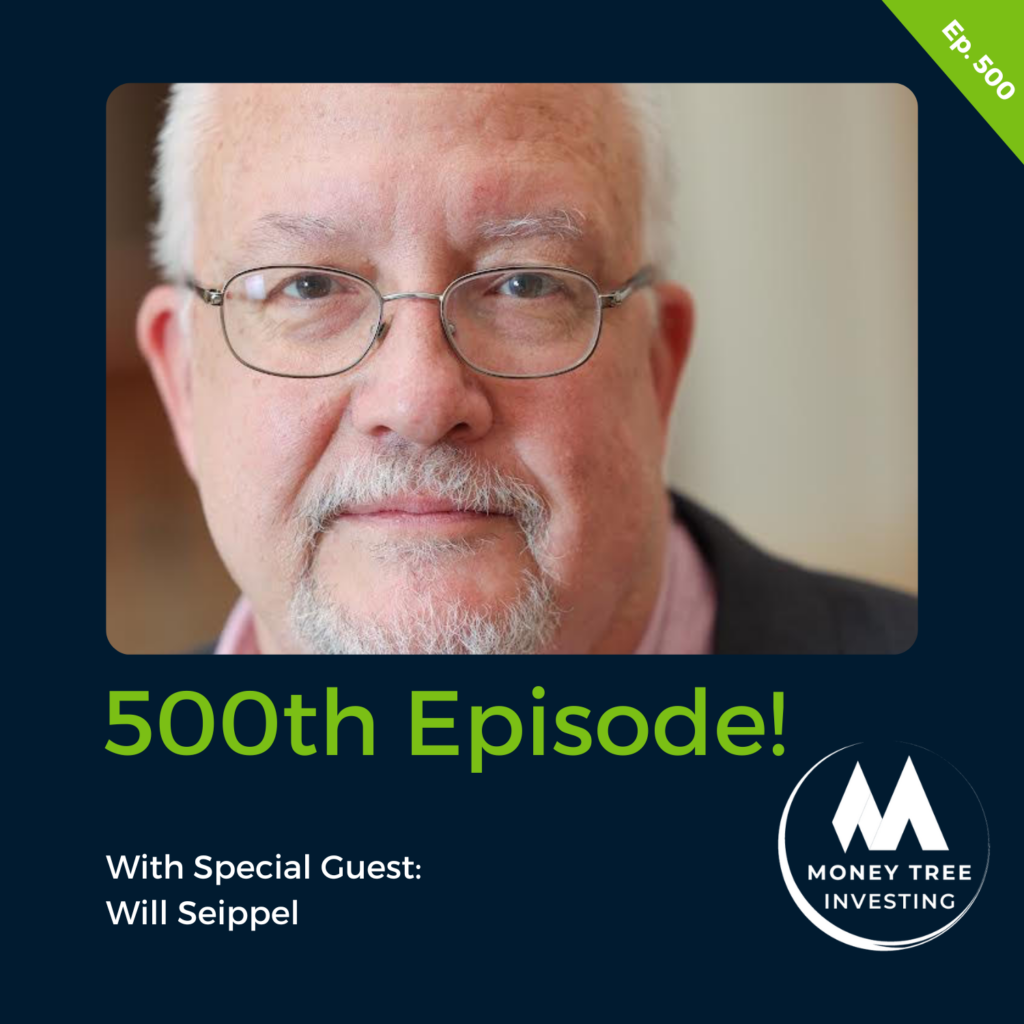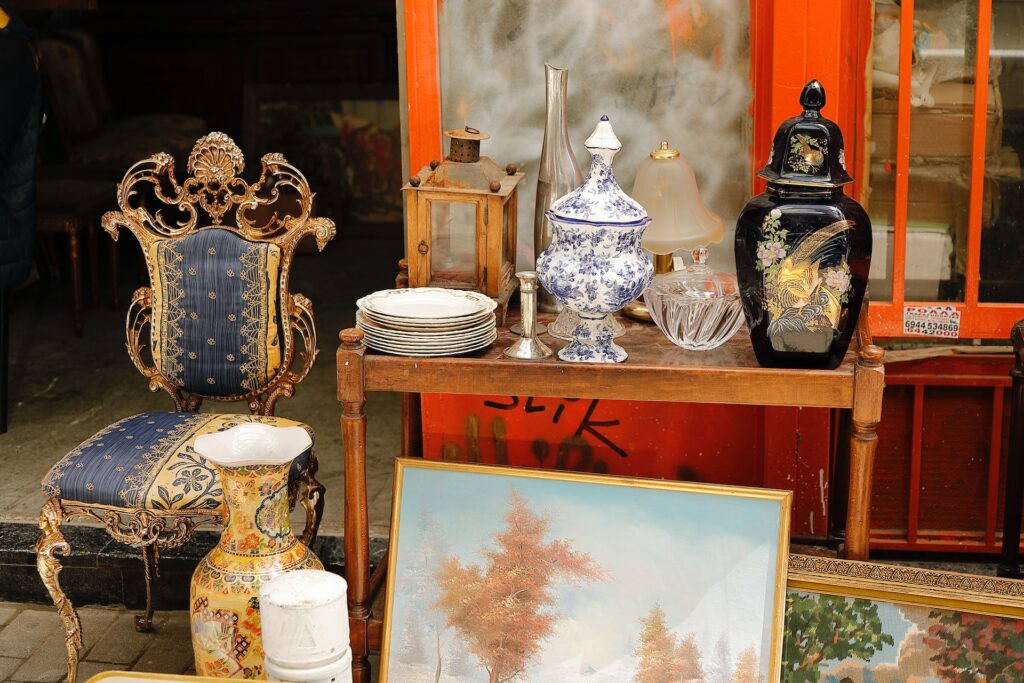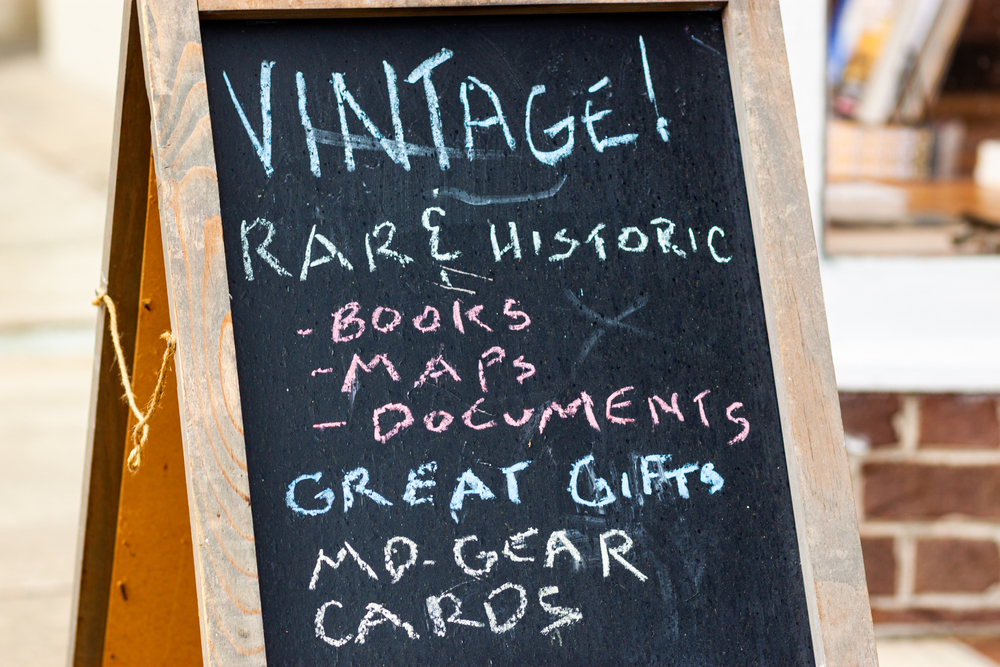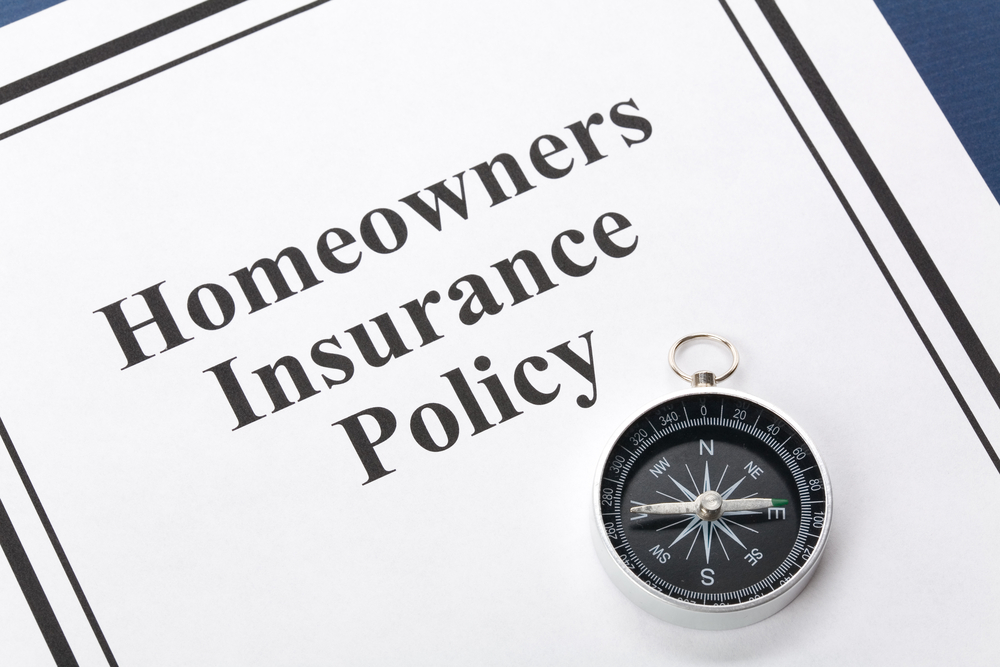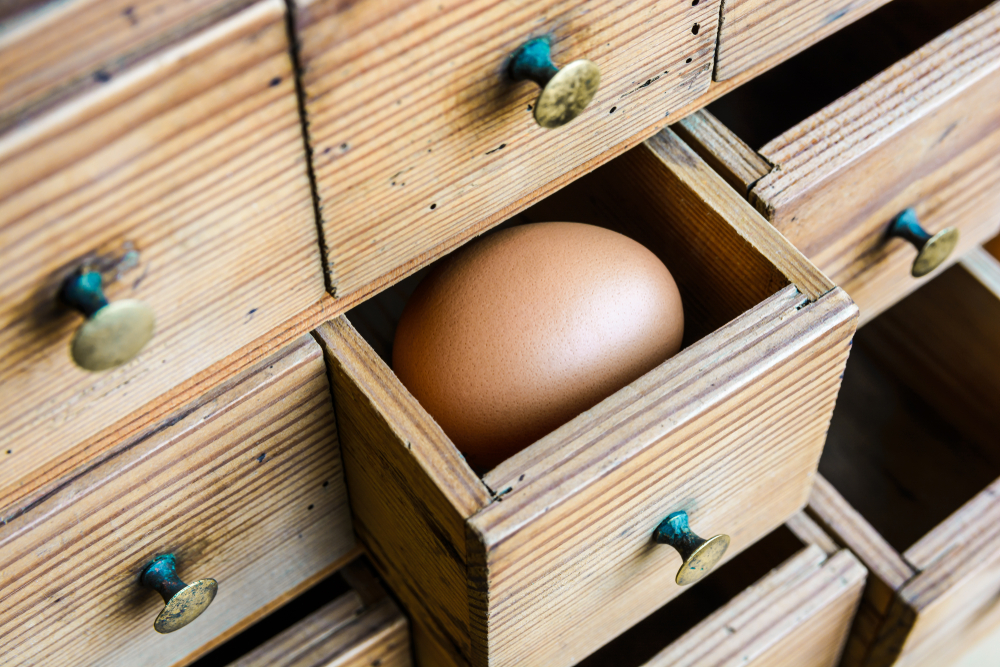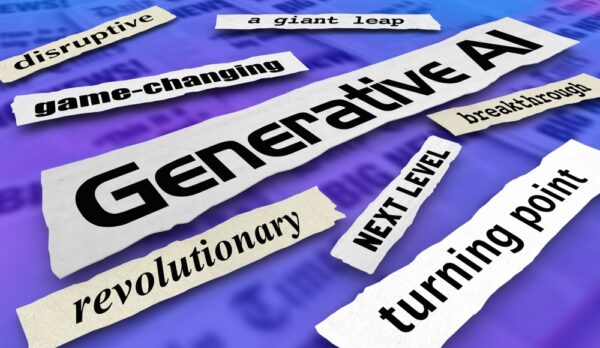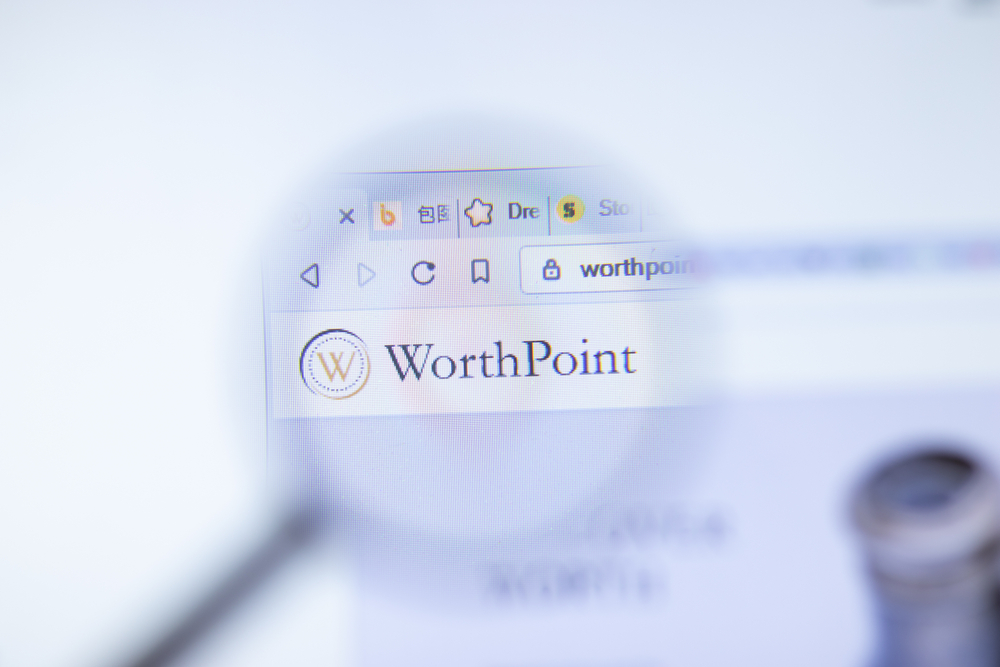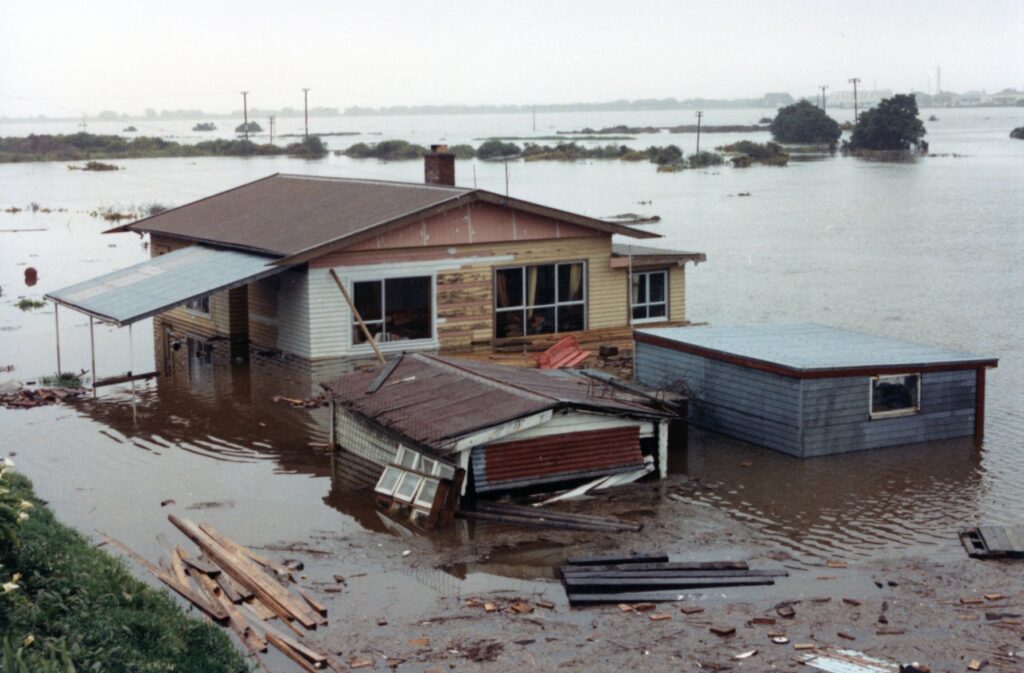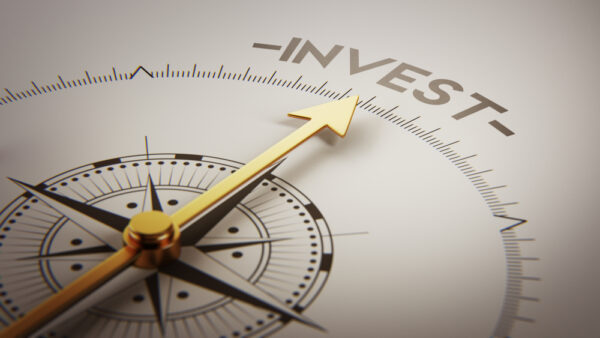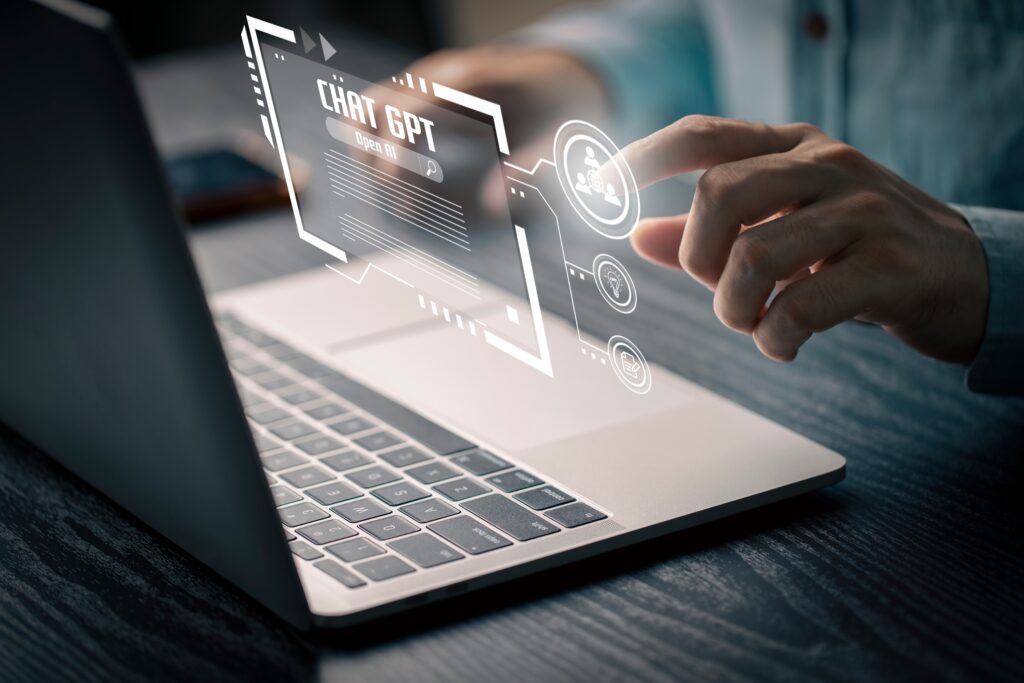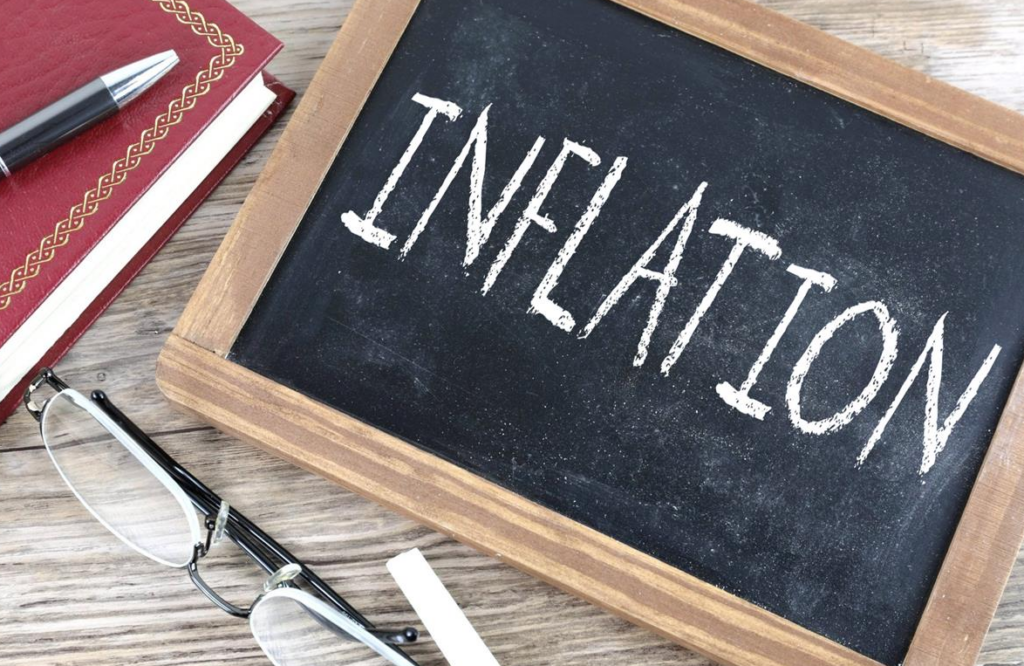BLOG
Finds and Interests
Tools and advancements like WorthPoint are key to enhancing the “stuff market,” as I discuss with Kirk Chisholm of Money Tree Investing.
A massive wealth transfer is currently taking place. Trillions of dollars will be transferred between generations in the coming decades.
How do we determine the market value of rarity in the antiques business? Do age and rarity correlate with value? The answer may surprise you.
Creating a household inventory is crucial. It may be time-consuming but will pay off big-time ahead of any losses. Here are my suggestions.
Your collectibles might be worth some money … or not. Are you preserving wealth, or are you collecting for passion alone?
The emergence of generative AI for online product descriptions poses both a threat and an opportunity for online sellers.
Appraisal and valuation are research-based tasks. That’s all they have in common. Appraisals are legal documents. Valuations are not.
Unexpected disasters leave us vulnerable and devastated. But how do you prepare your home and valuables in advance? Here are my six steps.
As with all antiques, collectibles, and works of art, provenance documentation increases the value of your collectible investments.
The content glut is clogging our feeds and storefronts. How will it affect the art market? Will collections suddenly become worth less money?
Counterfeit collectibles undercut legitimate sellers, drive down prices, and result in revenue losses for sellers and public coffers.
In the future, will the objects acquired in pursuit of social media trends have a nostalgic attraction? Time will tell.
I decided to take AI product descriptions out for a spin. For this project, I used the new Microsoft Bing chatbot. I entered this prompt.
While insurance policies seemingly cover everything you own, they often leave out items’ total histories and, thus, their true significance.
Raise your prices according to what the market will bear. Determine how much your best customer would pay and raise your prices accordingly.
